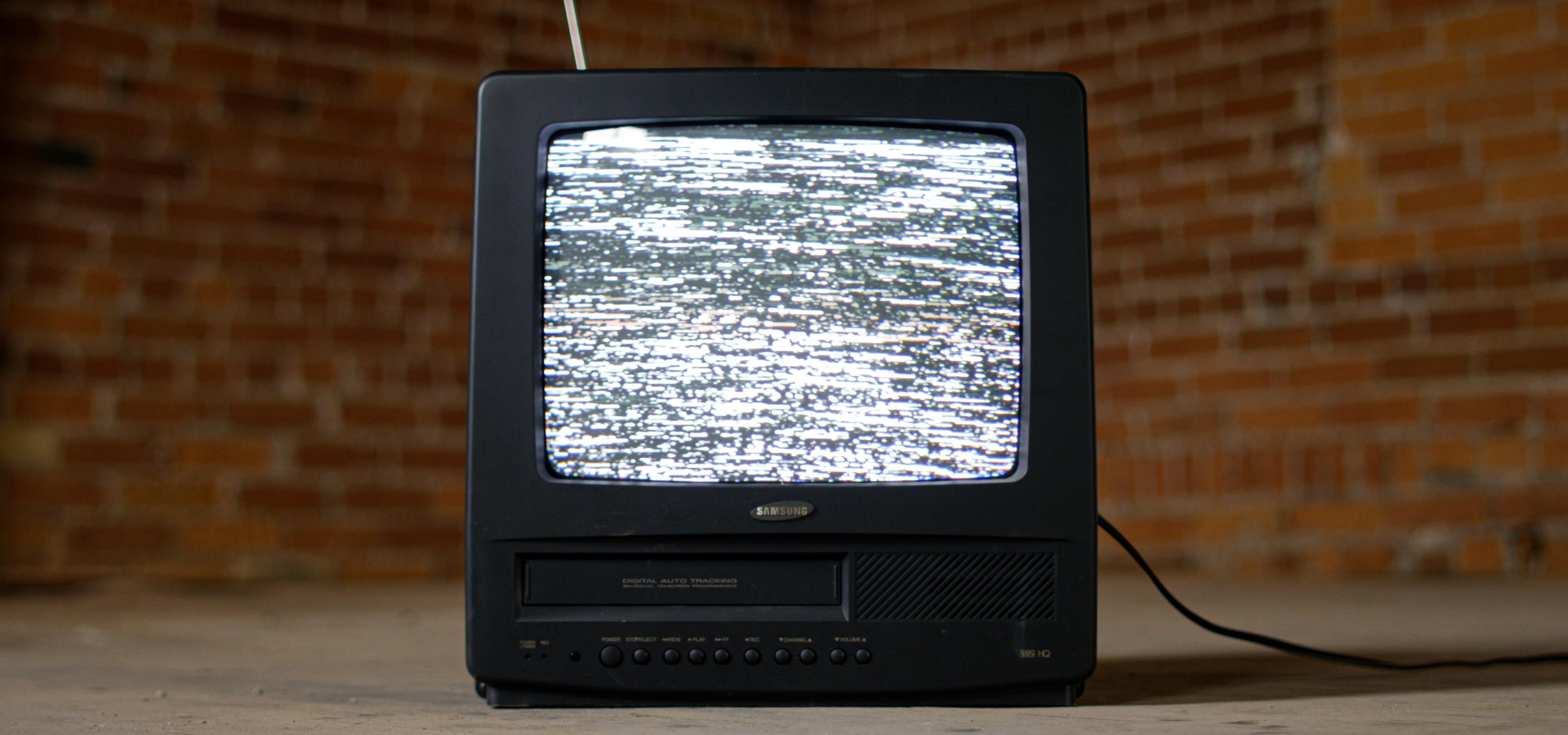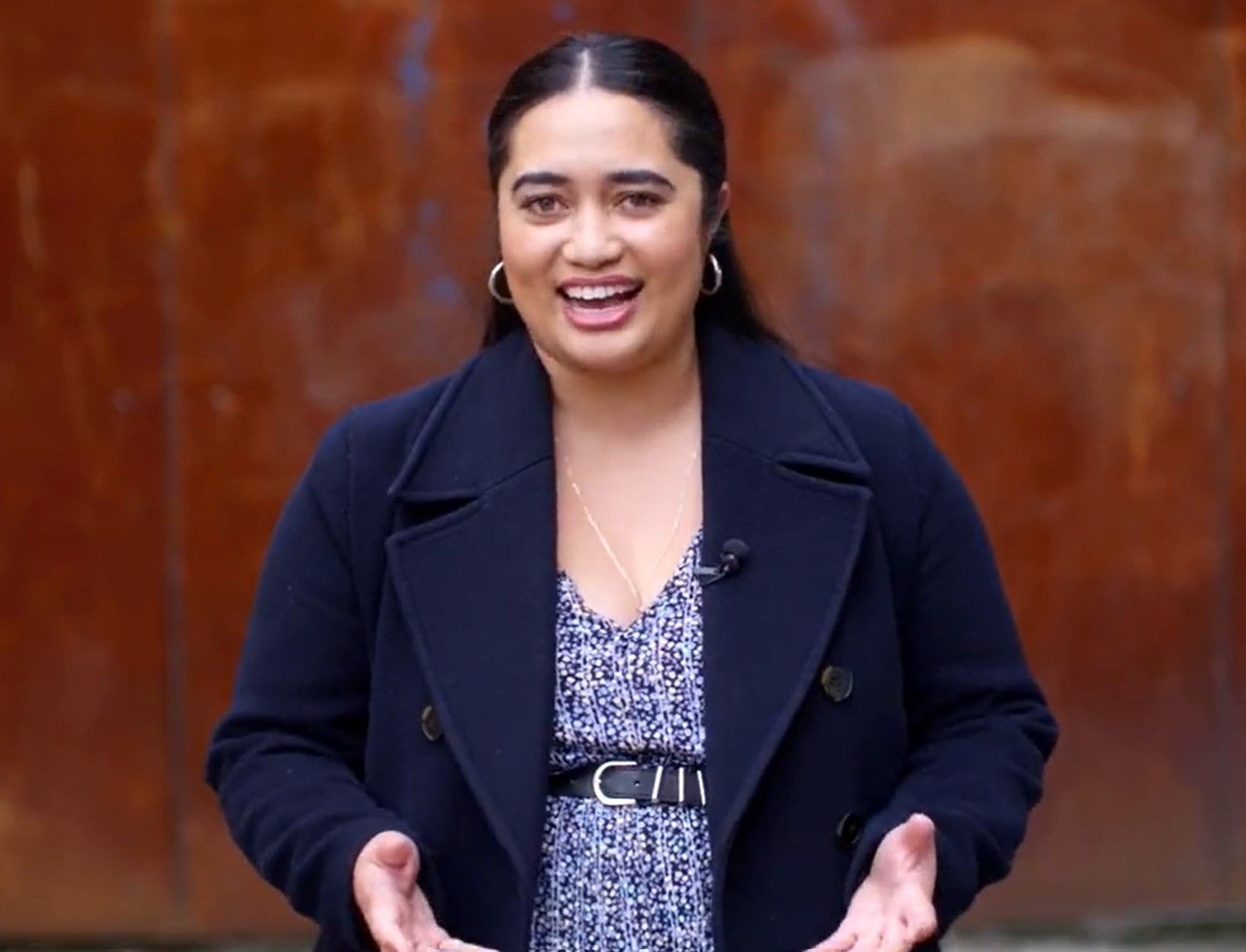

What could the future of Pacific media look like in the wake of drastic cuts to mainstream newsrooms?
Photo/ Unsplash
What could the future of Pacific news look like?
Two mainstream news platforms have announced significant downsizes or closures this month, so what options are ahead for Pacific media?



Pacific Huddle: The lessons, laughs, and love for my people


Fiji community mourns after Sydney stabbing leaves two people dead


Pacific Huddle: The lessons, laughs, and love for my people

There are questions about what the future of media will look like for Pacific media platforms.
This comes following the axing of TVNZ’s Sunday and Fair Go programmes along with the proposed closure of Newshub.
Economist and political commentator Filipo Katavake-McGrath says the recent changes are monumental and media will need to adapt to changing audiences.
“Commercial news is expensive … the cost of maintaining a series of transmitters around the country is huge.
“So one of the big challenges facing the broadcast sector here and around the world is trying to get people to switch off radios and to switch on computers so that everything can be done down the broadband lines, which would be significantly cheaper.”
Katavake-McGrath says shifting to a streaming or digital service could even the playing field for services like Radio Apna, Whakaata Māori, Coconet and Tagata Pasifika Plus.
“Today, as people use YouTube and Facebook a lot more, where they’ve got just a plethora of things that they can click in and out of, our news world might become more like that as well, where there’s just a massive buffet, and on that buffet, PMN sits with exactly the same prominence as TV1 news."

Fair Go journalist Star Kata could be one of the Pacific journalists impacted by the TVNZ programme cuts. Photo/Screenshot/X
More than 3.3 million people listen to commercial radio each week, with Pacific audiences making up 8 per cent of that audience.
Speaking at last year’s Pacific Media Fono, veteran Tagata Pasifika producer John Utanga said “we make content for us, and we put the faces, voices and issues of Pacific people on screens made by Pacific people for Pacific people.”
Pacific Media Network chief executive Don Mann says media entities must be brave and courageous in their decision making.
“The worst thing we can do is just trundle along, doing the same old, same old, and end up just being an irrelevant organisation where our community are elsewhere, while we’re still sitting in an old way of doing things.”
Regional matters
Last week, ABC hosted the inaugural Pacific Australia Media Leaders Meeting. Mann was there, and says on top of changing audience consumption and loss of revenue, Pacific media are facing a whole different level of concerns.
“We heard from an executive, I won’t name them for privacy reasons, who was talking about just the right to exist as a media entity and the threats and the pressure that they were under from the country’s military and political leaders.
“For other Pacific leaders, they were discussing the impact of foreign countries competing in their space and trying to act as a media agency in the middle of two major entities that are vying for power in their space.”
Mann says there were many layers of discussions, from trying to get working laptops, possibilities around subscription-based platforms, and AI content.
Local and long term plan
Closer to home, Mann says the government needs to have a long term strategy for how media is created for all the various communities in Aotearoa.
“What is the future government policy, irrespective of who’s in power … whether it’s Māori media or ethnic media or right across the board, what’s the coherent government policy on funded content moving forward?”
Disclaimer: PMN is operated by a charitable trust and uses a mixed funding model, with revenue coming from both public entities as well as commercial sources.
Watch the full interview on Pacific Mornings here: